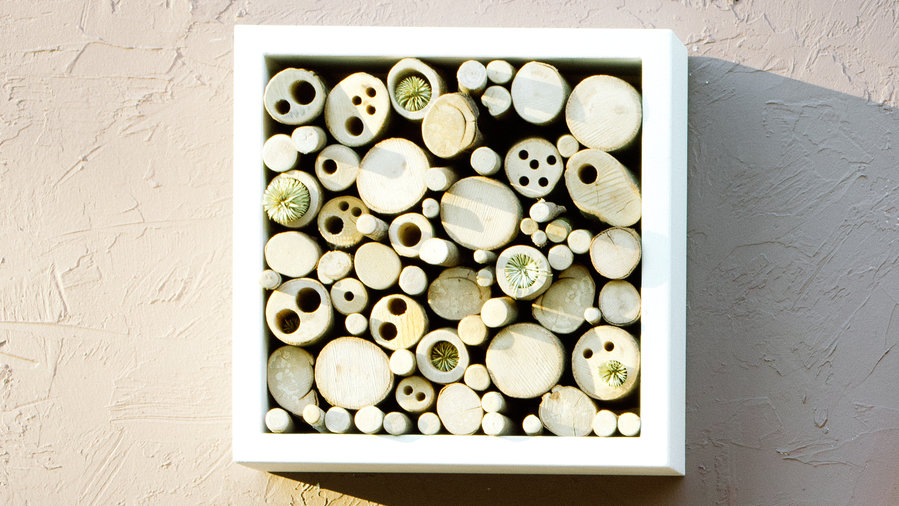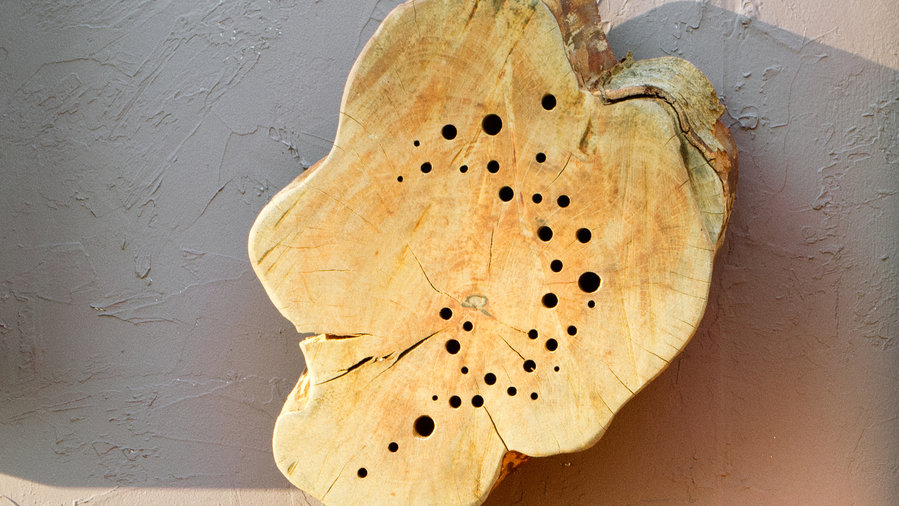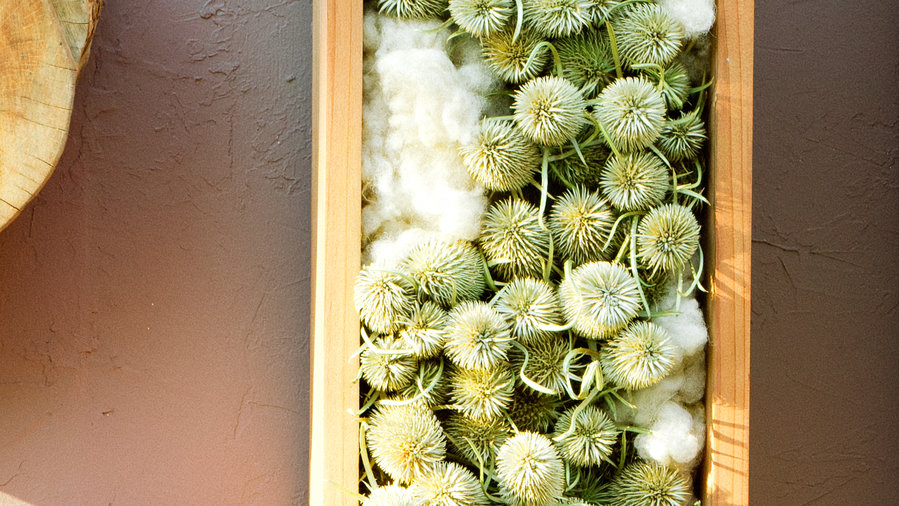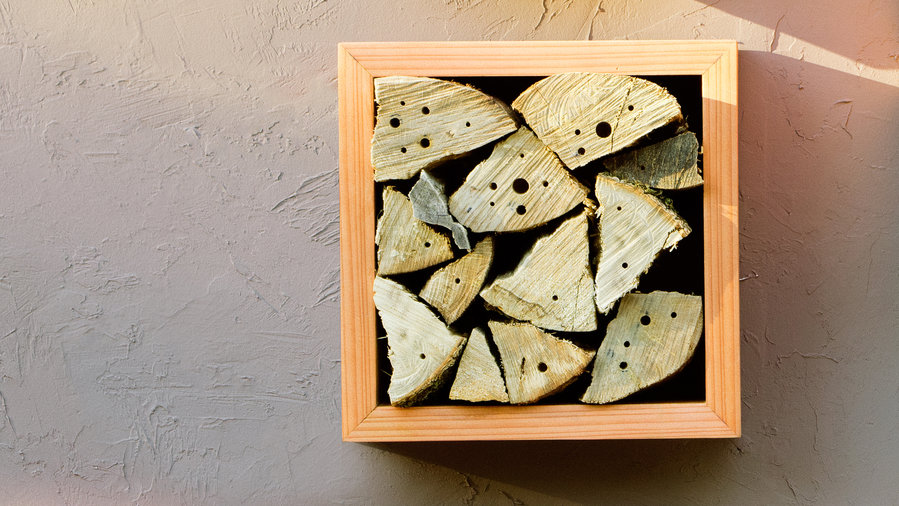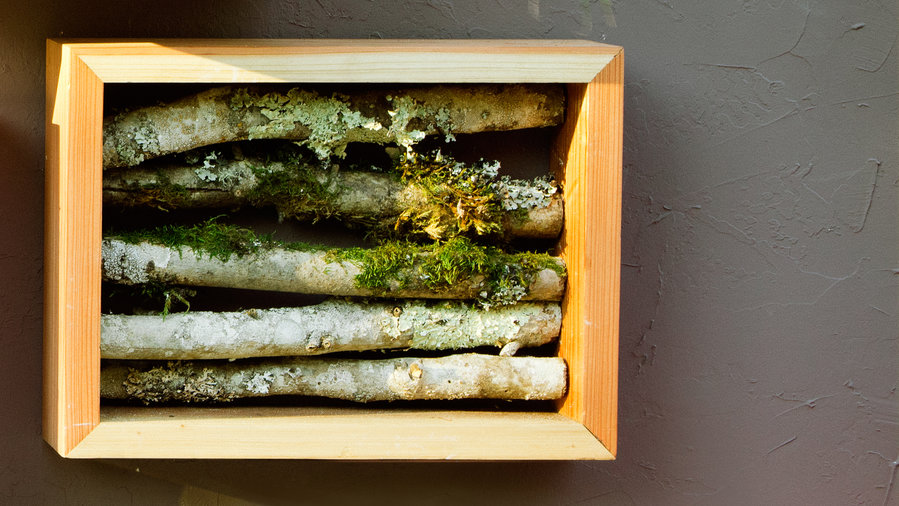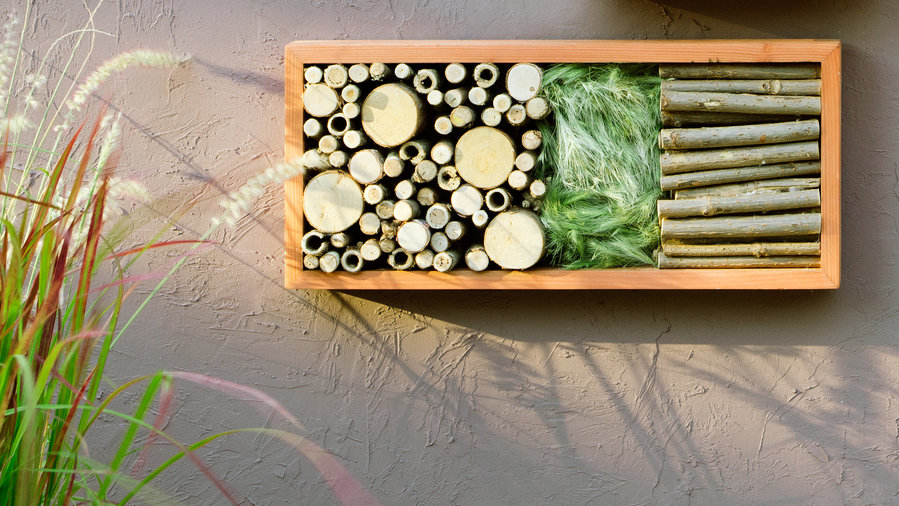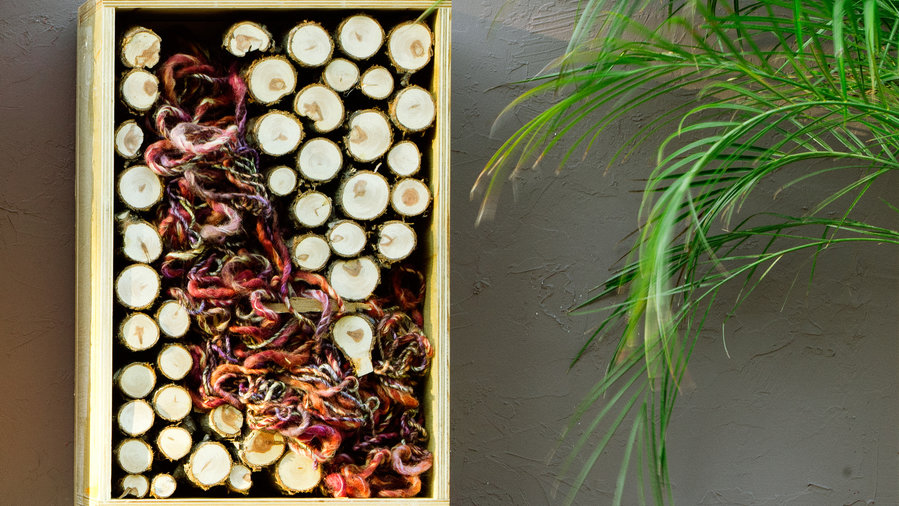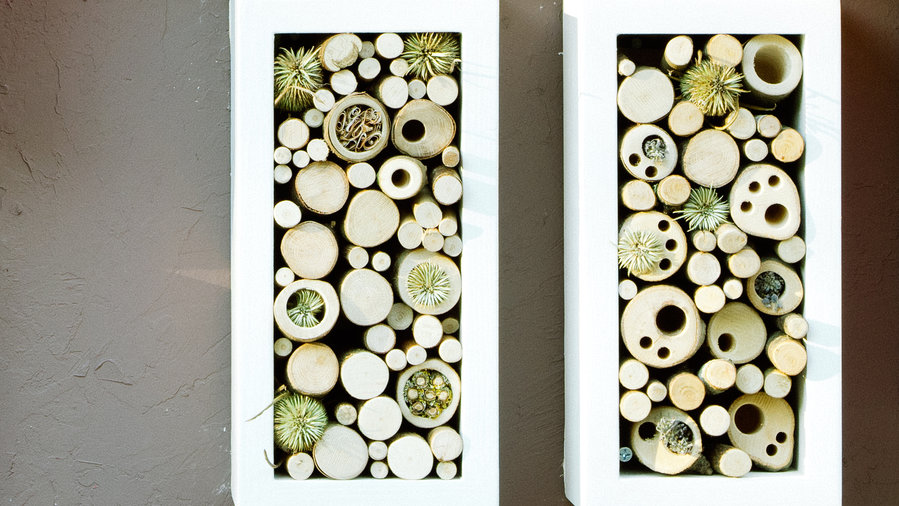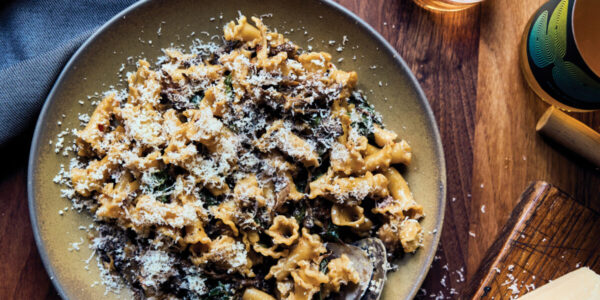Nesting in style
These handmade creations are more than eye-catching pieces of garden art. Known as bug hotels, they offer shelter and even food for beetles, solitary bees, and spiders. Sound creepy? Think again. All these creatures are essential to the ecosystem, says Lisa Lee Benjamin, founder of Urban Hedgerow, a collective of artists in California and the United Kingdom who create these dwellings. For example, “beetles act like small garbagemen, cleaning up dead plant material and enriching the soil,” Lisa explains.
So be a good host by setting up insect abodes in your garden. You can order those shown here from Urban Hedgerow (from $175; urbanhedgerow.com) or use them as inspiration to make your own. The ideal spot for one is in a south-facing location that gets warmed by the sun. And—in case you’re wondering—solitary bees don’t usually sting unless provoked, but you still might consider placing the hotel in a less-used part of your garden, where it won’t be disturbed.
Wool & garden clippings
Bits of wool draw birds, which take them to line their nests (you’ll want to replenish the materials as needed). Garden clippings, like these teasel flowers, can be replaced as they decay or left as beetle food.
Wood logs
Beetles and spiders shelter between pieces of wood; the slender drill holes make good nests for solitary bees like carpenter and blue orchard bees. Chunks of logs give this bug hotel a rustic look.
Stacked sticks
Stacked sticks house beetles and spiders, which keep mosquitoes and flies in check. This horizontal pattern elevates foraged materials to artful.
Wood pieces & garden clippings
Along with holes for bees, this frame includes wood pieces and garden clippings to attract beetles and spiders.
Yarn & stacked sticks
Strands of yarn draw birds, which take them to line their nests (you’ll want to replenish the materials as needed). Stacked sticks house beetles and spiders, which keep mosquitoes and flies in check.
Light wood pieces
Beetles and spiders shelter between pieces of wood; the slender drill holes make good nests for solitary bees like carpenter and blue orchard bees. Mixing up the size and shape of the wood pieces creates a playful yet stylish pattern.
